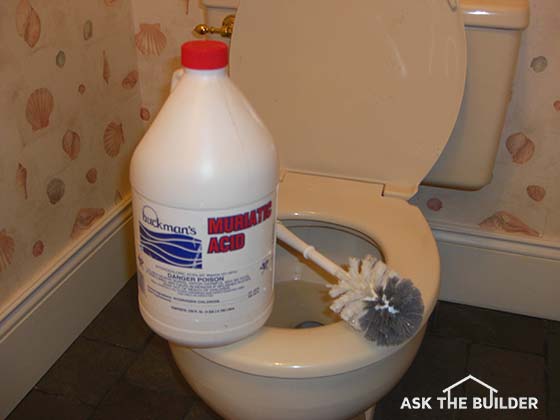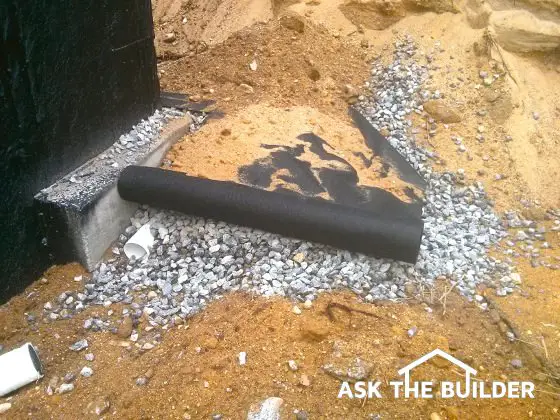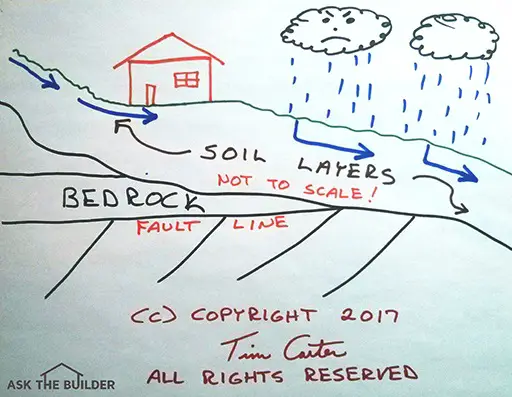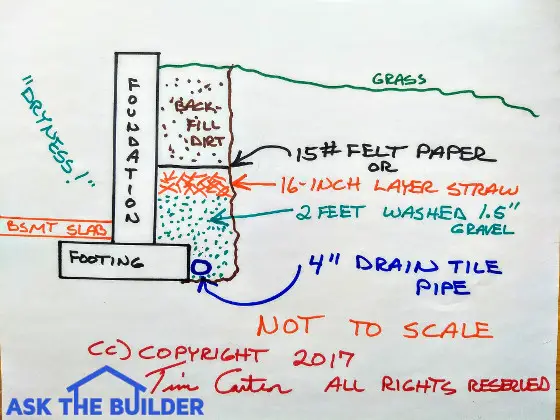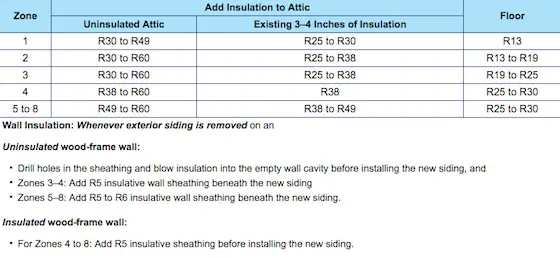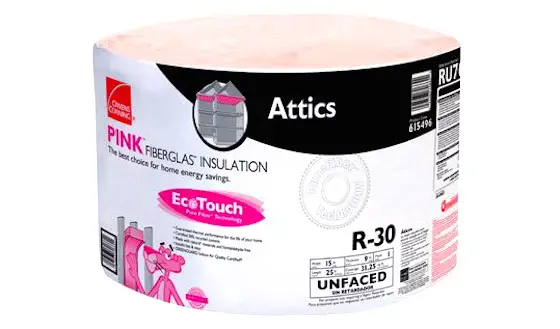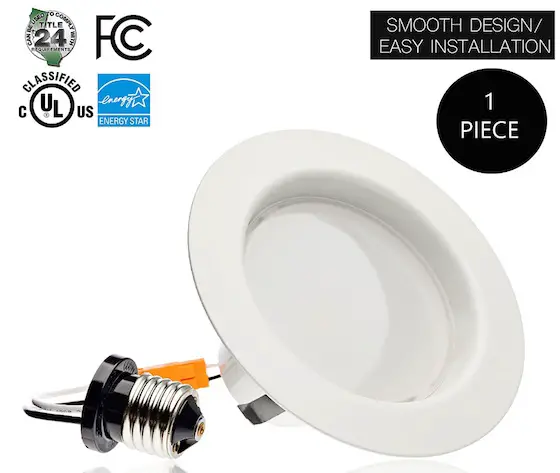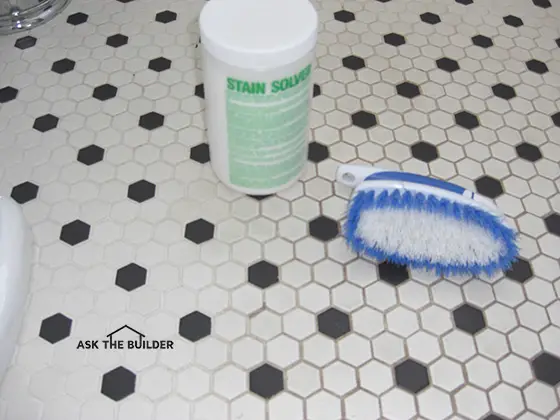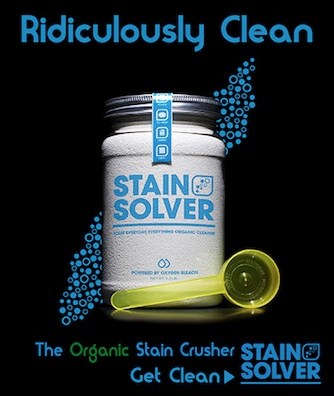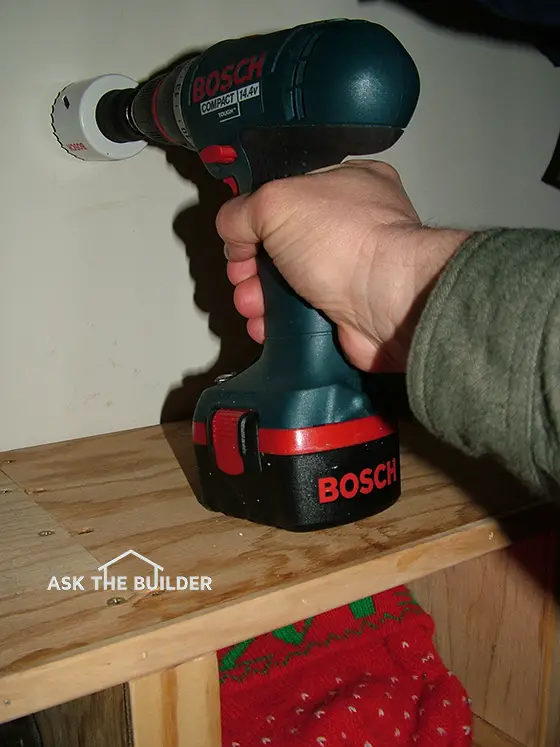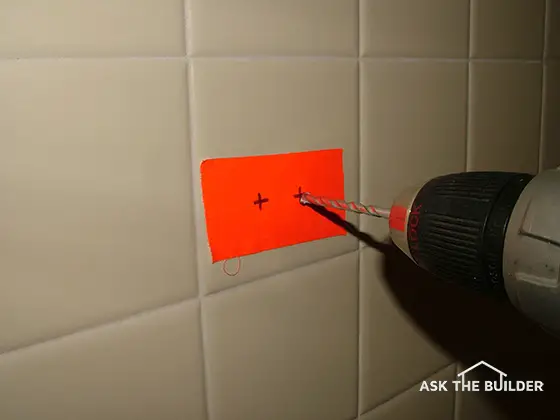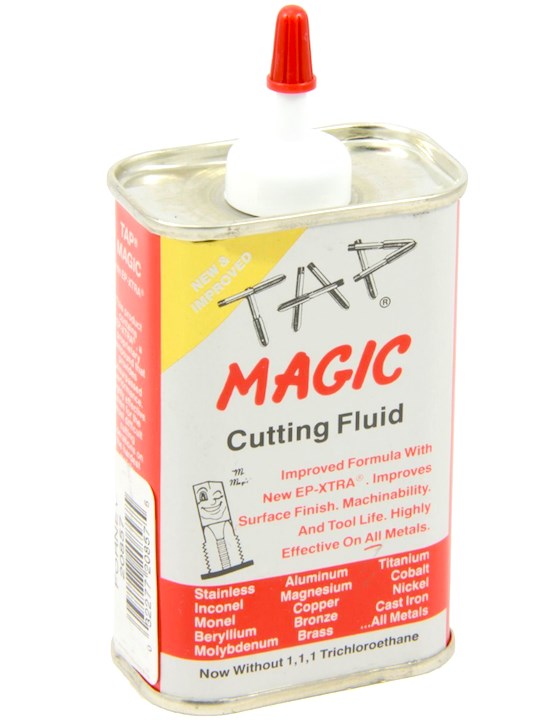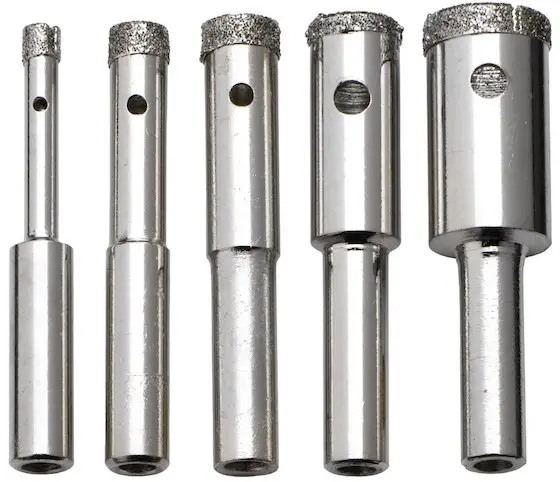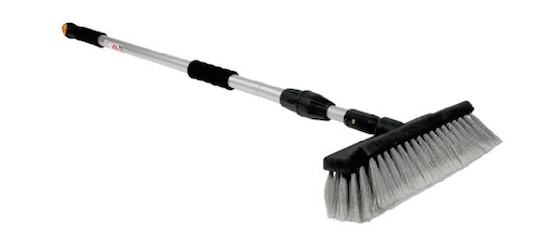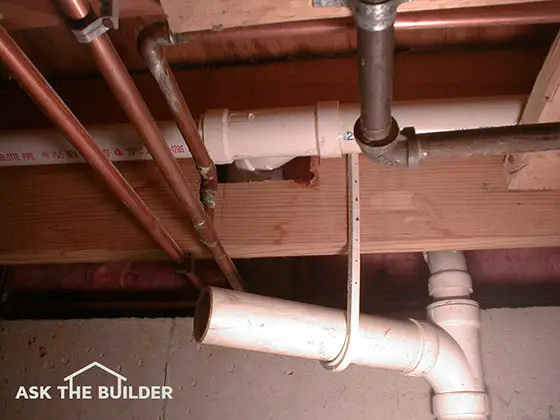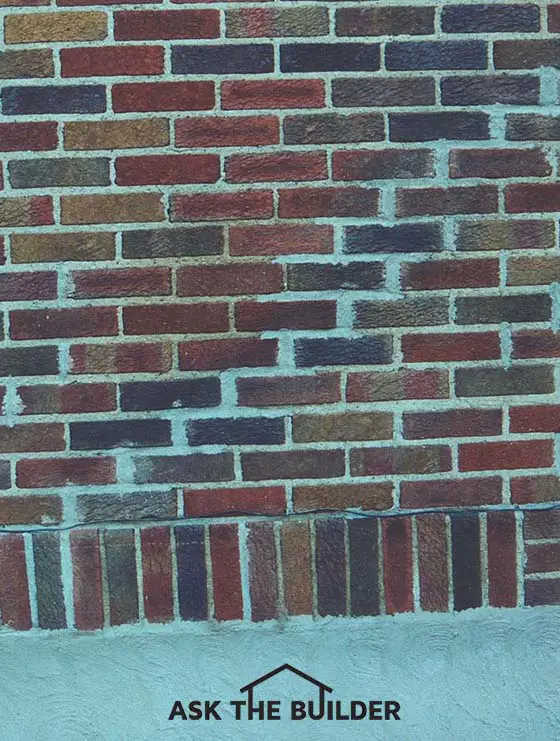
I don't know about you, but I can clearly see a patched crack in this brickwork. Structural defects are very hard to disguise, but rest assured people try to do it all of the time.
Existing Home Inspection TIPS
- Hire an ASHI inspector
- Not all inspectors are qualified
- Use Tim's DIY Inspection Checklist FIRST
- Beware structural defects
- This column was so GOOD, it was shared with the 31,000 subscribers who read my February 16, 2020 Newsletter
- CLICK HERE to Get Tim's FREE & FUNNY Newsletter!
DEAR TIM: My husband and I are getting ready to purchase an existing home. We don't want to buy one with lots of defects. Can we inspect the house ourselves or is it necessary to have the house inspected by a professional?
If so, how do you locate a good house inspector? What types of things should we be looking for as we walk through the house? Sally M., Bedford, IN
DEAR SALLY: Many years ago I used to do home inspections for buyers before there were inspectors. The buyers I worked with felt that a seasoned builder knew what to look for in a house, and how to spot small problems before they become big problems.
Ever since the early 1980s, the home inspection industry has become a big business. Just about every home buyer in my town requests an inspection from a full-time home inspector. Not only is it a good idea for existing homes, but home inspections are also a swell idea for new homes too.
Trained Eyes
I doubt that you can do a thorough home inspection. A knowledgeable home inspector takes years to train. The best inspectors have lots of field experience, have passed written examinations, are fully insured and take ongoing continuing education.
CLICK HERE to get FREE & FAST BIDS from local home inspectors.
Bogus Inspectors
There are several national associations out there that home inspectors belong to. Some are legitimate and others just sell worthless certificates.
You want to deal with a home inspector that's been trained and is knowledgeable about both patent and latent house defects.
When you've forged the initial contract with a seller, be sure to use the absolute best inspector you can find. Ask the inspector to provide you with a certificate of insurance that indicates he/she has professional liability or errors and omissions coverage. Be sure that the policy is current and that there is enough coverage to pay for a mistake(s).
Inspections Save $$$
An expert home inspection can save you hundreds if not thousands of dollars. A competent inspector will spot problems that may cause you to rethink your purchasing decision.
Walk, No Run, Away
Sometimes it is better to walk away from a problem house rather than try to spend years of hard earned dollars fixing problems. Buyers are often blinded by dreams that obscure blatant defects and flaws.
Professional inspectors have no emotional ties to the transaction and are there to find flaws. Don't ever purchase a home that's got a visible structural defect. It's almost impossible to hide them and a future buyer will penalize you and try to get you to lower your price.
DIY Initial Inspection
Hiring a professional inspector costs hundreds of dollars. Back in 2008 when I purchased an existing home in New Hampshire I paid an ASHI inspector, they're the best around, $495 to look over the house to make sure I didn't miss anything.
Imagine if the inspection showed up a defect and I backed out of the deal? Yes, I would have saved money, but it cost me $495 to find that out. In today's market that inspection fee has to be much more.
I knew what to look for. Do you? My guess is you'd overlook about ten, or more, things that would be giant flashing red lights.
I developed a very cool checklist. You use it to spot obvious bad flaws in a home BEFORE you call in the expensive inspector. Why spend more than $500 when you can identify flaws for $17?
My checklist helps you locate obvious defects as you walk through a house for the first time. If you discover enough problems, you may choose not to make an initial offer on a particular piece of property.
CLICK HERE NOW to get my DIY Home Inspection checklist. It will allow you to SPOT a lemon before you make an offer!
Structural Problems
I suggest you begin by looking for obvious structural problems. These can be cracked foundations, slanted floors, bowed or bent beams, doors and windows that don't fit uniformly within a frame, cracks in brickwork and stucco, severely cracked concrete floors and slabs, etc.
CLICK HERE to get FREE & FAST BIDS from local home inspectors.
Expensive Repairs
Structural problems tend to be the most expensive problems to repair. Houses with structural problems can also be harder to sell in the future. The repairs often leave scars. (See photo at top of this column.) A future buyer will see a repair attempt and possibly wonder if the problem has really been rectified. You may suffer financially if this happens.
Water Nightmares
Moisture problems are sometimes easy to spot. Look for stained ceilings, walls, interior foundations, basement floors, exterior siding, damp crawlspaces and moisture around plumbing water and drain lines.
Hunt for efflorescence salts.
These fluffy gray-white powdery deposits can be found along cracks in basement floors and walls and in masonry work. They are usually a sure sign of water infiltration or slow seepage.
Flooded Basements & Firemen
Consider a visit to the closest firehouse. If the fire department has made visits to pump water out of the house for any reason, it should show in the public record of their run activity.
Great Drainage
Inspect the exterior for drainage problems. I prefer to see a minimum of four to six inches of foundation projecting above the soil around the entire house.
Soil should slope at least 6 inches within the first ten feet of run away from the foundation. Look for raised planting beds that can trap water against a house.
Beware Realtor Trick
I was a licensed real estate broker in Ohio for nearly twenty years. Believe me when I say there were unethical salespeople and brokers in the marketplace.
The unethical professionals would steer you to a substandard inspector so the deal doesn't go south. Be VERY CAREFUL about using the inspector the realtor recommends. See below.
Best Home Inspectors
When you finally decide to hire an inspector, beware of slick sales pitches and testimonials. Some associations require that an inspector simply send in an application and a small fee to become certified. You want an inspector that belongs to an association that requires experience, written examinations and continuing education. Don't settle for less!
IMPORTANT INSPECTION TIP:
At the time this column was written, the American Society of Home Inspectors (ASHI) had the toughest set of requirements for membership of all of the inspection associations. Many professional engineers who do home inspections are ASHI members.
EXTRA NEWS from Tim Carter:
Purchase my Easy-to-Use Home Inspection Checklist Now. This Simple-To-Use Tool allows you to spot many defects before you have to hire a real inspector. You can then eliminate a house and move on to one with fewer defects.
You have nothing to lose. If my checklist doesn't work for you, I'll give you your money back. Oh, one more thing, it's an Instant Download! You can have the checklist in your hands just minutes from now!
CLICK HERE to get FREE & FAST BIDS from local home inspectors.
Related Articles: Home Inspectors & Buying New Homes, Home Inspection Checklist, Home Inspector Certification Associations
Column 248
